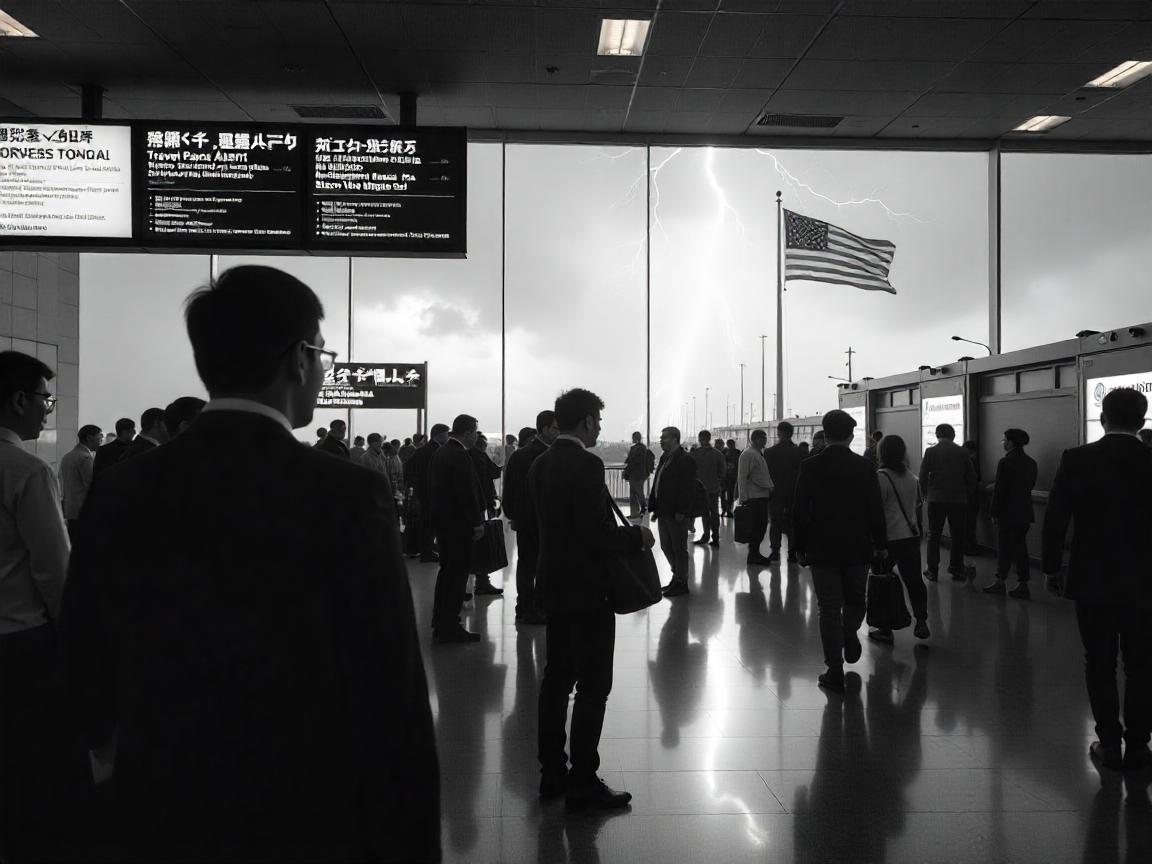Across China: China, Egypt advance joint bid for ancient river world heritage status-Xinhua
CHONGQING, June 14 (Xinhua) -- China and Egypt are advancing cooperation to inscribe two ancient hydrological relics -- China's Baiheliang and Egypt's Nilometers -- on a list of new world heritage, with a draft memorandum of understanding currently under negotiation.
Baiheliang, a 1,600-meter-long, 15-meter-wide stone ridge in the middle of the Yangtze River in southwest China's Chongqing, served as an ancient water-level gauge for over 1,000 years, engraved with inscriptions documenting river conditions and guiding agricultural planning.
Similarly, Nilometers were used for millennia to measure flood levels in the Nile, playing a crucial role in predicting harvests and sustaining ancient societies.
"Baiheliang and Nilometers, though continents apart, share remarkably similar functions -- a fact which has laid the foundation for work related to the joint inscription of new world heritage," said Jiang Rui, curator of Chongqing's Baiheliang Underwater Museum.
Since launching a joint feasibility study in 2021, the two nations have actively promoted the initiative through reciprocal visits and strategic planning.
Jiang said that both are hydrographic relics representing early wisdom in water measurement and management in large river basins, and both chronicle hydrological data through inscriptions that preserve detailed scientific records of climate changes over thousands of years.
In May 2024, senior government officials of Chongqing led a delegation to Egypt and held a symposium for the joint inscription of new world heritage, during which the two sides reached a consensus on making substantial progress in the joint promotion of the work.
In October 2024, Assem Hanafi, who was the ambassador of Egypt to China at the time, attended the 2024 Baiheliang Tourism and Culture Festival and a relevant academic symposium in Chongqing.
At the symposium, 20 experts from China and abroad held academic discussions about the value of Baiheliang and Nilometers, as well as their protection and inheritance, providing support for the joint inscription of new world heritage.
"The continuous hydrological records of the Baiheliang hydrological inscriptions and Nilometers are of immense scientific value, providing crucial evidence for the study of ancient climate and social changes across Asia, Africa, and even the Northern Hemisphere," said Zhao Yun, a researcher at the China Academy of Cultural Heritage.
Beyond science, the cultural significance of Baiheliang, which means White Crane Ridge, shines through its 165 segments of over 30,000 Chinese characters of inscriptions and 18 stone fish, showcasing centuries of folk customs, calligraphy, stone carving, and poetry and prose.
"The joint inscription work is not only expected to fill the gap in hydrological heritage on the UNESCO World Heritage list, but, more importantly, it is expected to promote cultural exchange and mutual learning among countries participating in the Belt and Road Initiative," Jiang said.
Egyptian officials also highlighted China's technical advantages -- particularly the innovative "unstressed container" museum that was erected on the original site of Baiheliang after the Three Gorges Dam submerged it.
Gamal Mostafa, head of the Islamic, Coptic, and Jewish Antiquities Sector of Egypt's Supreme Council of Antiquities, said that China is rich in underwater cultural heritage protection experience. "The joint inscription of new world heritage will be a good start for cooperation in heritage protection between the two countries".
"The construction of the Baiheliang Underwater Museum and the Chinese heritage conservation techniques have offered valuable insights for Egypt in protecting underwater cultural heritage," said Ahmed Rehamah, an underwater archaeologist at the Egyptian Ministry of Tourism and Antiquities.
The Baiheliang Ancient Hydrological Inscription was added to the tentative UNESCO World Heritage list in 2008, and the Nilometers in 2003. ■












